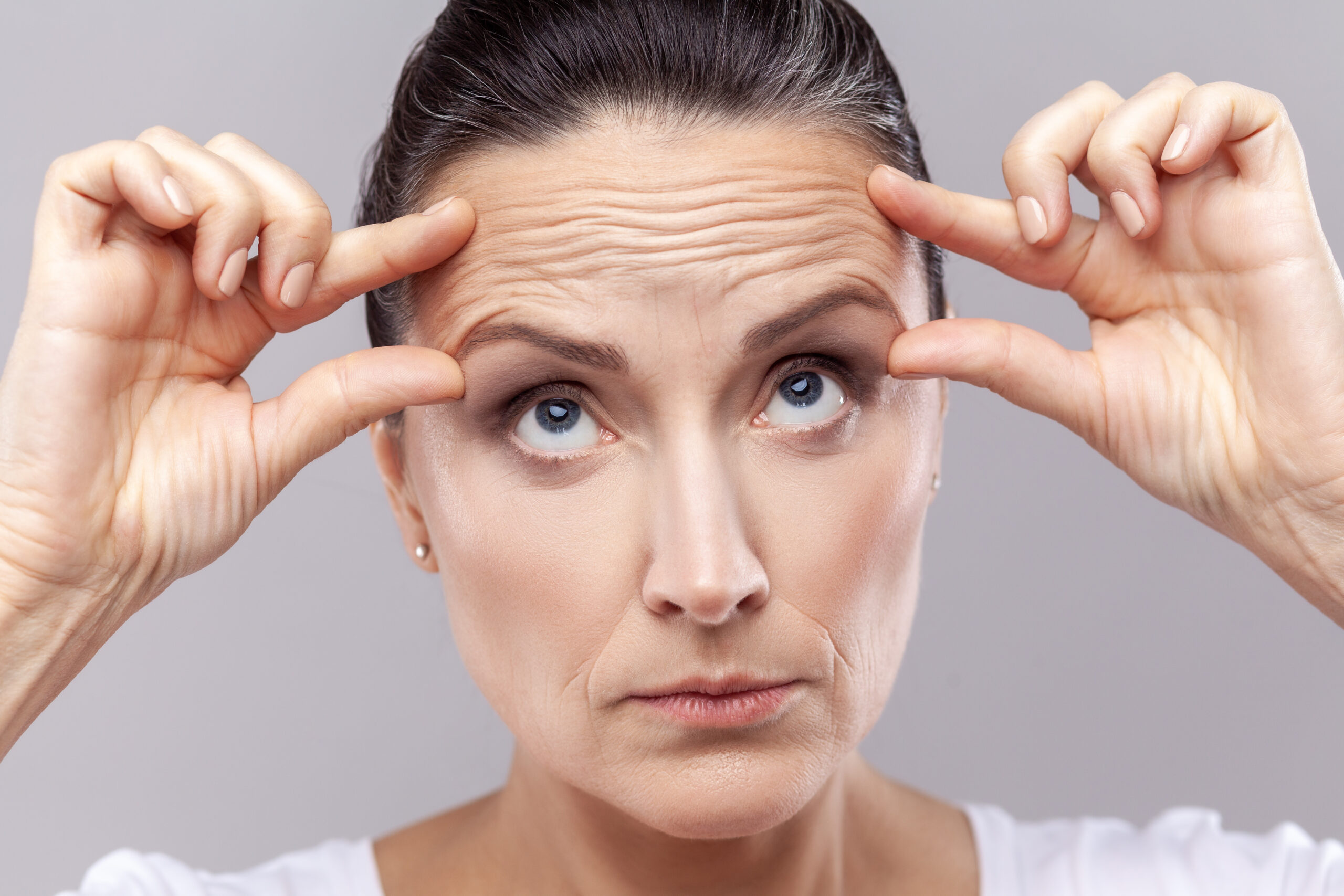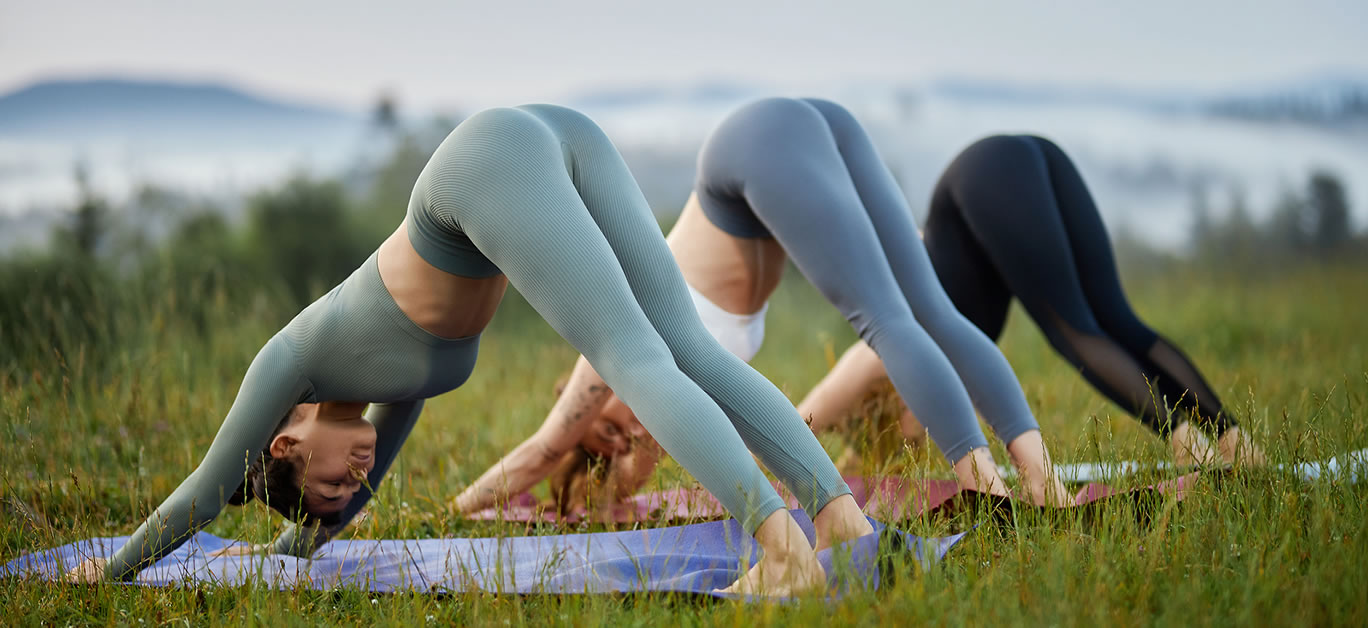With a new year comes a whole host of health and fitness trends, and although we’re not quite there yet, as 2022 heads towards a gradual close we can’t resist looking ahead to see what’s to come. January is traditionally the time the number of new gym membership sign-ups surges and many of us resign ourselves to a necessary health kick to counteract the excesses of the Christmas period, so in order to be ready for ‘new year, new us’ when the clock strikes midnight, it pays to get a head start.
In 2022, we’ve already seen several hints of what could be about to be the next big thing in health and fitness next year, and some of these are continuing to gather momentum. But one of the biggest takeaways has been a move away from the fad diet and unsustainable lifestyles, prioritising strength and long-term health over quick results.
The emphasis on a healthier relationship with food and fitness is set to continue into 2023, and as we become more and more immersed in the digital world as a society, it’s unsurprising that this will also have an impact on the ways in which we’ll be moving. Add to that some innovative and intriguing wellness techniques and it’s set to be an exciting year for the industry. Here’s a look at what’s set to dominate.
Face yoga

Face yoga might seem like an odd concept, but in fact, the results of a regular routine can be quite impressive. Involving the massage and stimulation of the muscles and skin within the face and neck, as well as the body’s lymphatic systems, in the short-term it can help to alleviate tension – but a consistent regime can help to tone and lift the face for a more youthful look over time.
This year, we’ve seen a growing number of new face yoga apps popping up and being widely advertised on social media, and in 2023, as more of us opt to dip our toes into the water, it’s set to be a key health and wellness trend.
Virtual reality fitness

There’s barely an area of our lives that virtual reality hasn’t infiltrated at this point, and health and fitness is no exception. Once associated solely with online gaming, it now plays a role in everything from meditation to workout classes – and the latter is gathering momentum as we head towards a new year.
From your living room, you can tune in and find yourself placed inside a gym or studio environment, allowing you to work out in realistic surroundings, all without leaving the house. And the latest and greatest VR fitness offerings are going one better, placing users in increasingly exotic and unusual destinations to enjoy their sessions – from tropical beaches to mountaintops, and everywhere in between.
It seems our appetite for cutting-edge fitness knows no bounds, and as the development of the Metaverse continues to gather momentum, we could be set to see them increasingly intersect and merge as one.
New-generation fat burners

There’s no substitute for a calorie controlled diet and a regular exercise routine, but fat burners have long been a highly sought-after addition to help rev up our metabolism and ramp up calorie burn. While they won’t get rid of excess fat alone, ingredients like caffeine, green coffee bean and guarana can certainly help to boost energy to help you get more out of workouts, while products that help the body to metabolise fat and carbohydrates more effectively can also help to reduce overall energy consumption.
While the first generation of fat burners to come to market left something to be desired and were associated with unwanted side effects, the discovery of new thermogenic, fat-burning compounds, backed by real clinical science, could be about to change all that.
Ingredients like macuna pruriens, which contains naturally occurring compound L-Dopa, is proving particularly popular in the bodybuilding sphere because it’s a neurotransmitter that has been shown to help balance hormones and promote simultaneous fat burning and stimulation of muscle growth. Vinpocetine and oolong tea extract are also enjoying a moment in the spotlight, with the former credited for its ability to improve performance during a workout and the latter thought to have even better thermogenic qualities than green tea.






















